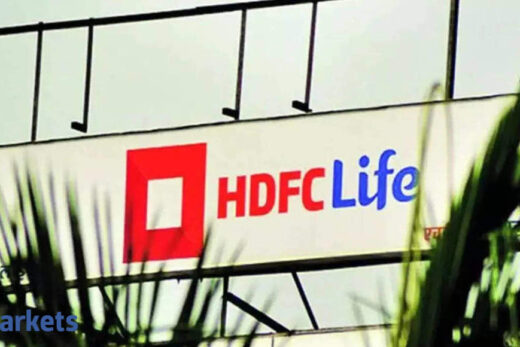What analysts liked about the quarterly results was a rebound in the retail segment. What they did not like was loss in net subscribers and weakness in petchem margin. Net-net, the quarterly earnings could neither raise earnings estimates materially nor the rating of the stock, dragging RIL shares 1 per cent lower in the first hour of trade.
That said, analysts believe the second half of FY22 could be strong, led by boost from tariff hike, JioPhone Next and further recovery in the retail segment. Their price targets, following Monday’s fall, suggest up to 16 per cent upside in the stock.
On Monday, the scrip fell 2.16 per cent to hit a low of Rs 2,570.10 on BSE. In the last three months, the scrip has rallied 34 per cent.
Jefferies has a target of Rs 3,000 on the stock. It said retail and O2C business profitability improved but Jio’s numbers disappointed. The foreign brokerage tweaked FY23-24 EPS estimates by mere 1 per cent. JPMorgan maintained its ‘neutral’ stance on the stock with a target of Rs 2,465, even as it believes the earnings downgrade cycle for the stock has come to an end.
“We cut Jio’s FY22 estimates but also lowered RIL’s tax rate. Our target increase is driven by rollover, higher multiple for retail (based on peers), introduction of new energy in valuations, higher GRMs, and lower debt. RIL’s macro outlook is steady, though after the recent stock run-up, valuation captures the upside,” Emkay said while suggesting a target of Rs 2,750 on the stock.
Morgan Stanley’s target on the stock stood at Rs 2,925 as it believes retail business should drive 16 per cent upgrades in FY22.
The oil-to-telecom major reported a 43 per cent year-on-year rise in consolidated net profit to Rs 13,680 crore for the quarter ended September, which was above analysts’ expectations. It reported a 48 per cent growth in its consolidated revenue from operations to Rs 1.74 lakh crore for the reported quarter, which was also above Street’s estimate.
Revenues for the retail segment grew 9.2 per cent on-year to Rs 39,926 crore. Jio Platforms, which houses RIL’s telecom and digital services business, posted a 4.4 per cent sequential rise in revenues to Rs 19,777 crore. It also reported an 3.7 per cent improvement in average revenue per user (ARPU) to Rs 143.6. That said, the company lost 11 million mobile phone subscribers for the first time since it started commercial services in September 2016, as many users did not recharge owing to financial difficulties due to the pandemic.
While container shortages, and restricted imports aided RIL command better petchem prices, higher naphtha still impacted petchem margins. O2C segment’s revenues surged 58 per cent to Rs 1,20,475 crore; Ebitda was up 43.9 per cent YoY at Rs 12,720 crore. Meanwhile, oil & gas segment’s revenues and Ebitda grew 28.3 per cent and 34.4 per cent, respectively.
“The outlook for each segment is stronger. In oil to chemicals (O2C), refining margins are up sharply. In E&P, gas prices have been rising sharply. In telecom, we think a tariff hike is inevitable. In retail, footfalls are normalising and 813 new store openings in Q2 should boost growth in H2,” said Nomura India while suggesting a target of Rs 2,850. This target suggests 11 per cent potential upside over Monday’s low.
Nomura had last week downgraded the stock to neutral, citing limited upside potential after the recent runup.
ICICI Securities noted that RIL sold stakes in RJio and retail as against O2C business as initially planned. RIL is set to hive off O2C into a subsidiary, which will make it a holding company.
“While a 20 per cent stake sale in O2C to Aramco is yet to be done, RIL is set to invest $10 billion in renewables to achieve net zero carbon given the rising importance of ESG for investors. RoCE and RoE were low at 6-13 per cent and dividend payout at just 10-14 per cent in FY12-FY21. The weak third telecom player matching cashback on recharge by competition suggests yet another delay in tariff hike,” it said.



